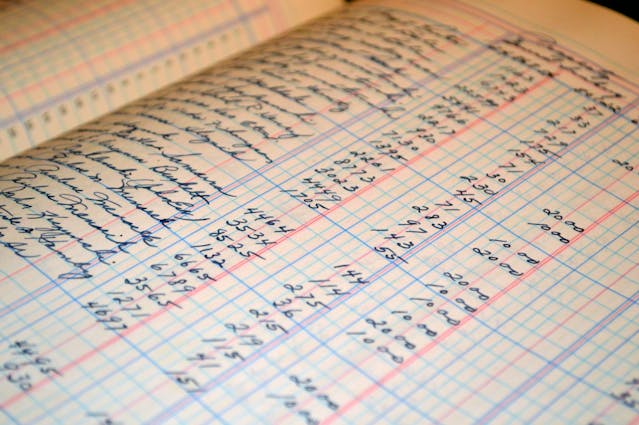Probability distribution that describes the likelihood of getting a certain number of successes in a fixed number of independent trials, each with only two possible outcomes: success and failure
We calculate the probability of getting a specific number of successes (s) within that fixed number of trials (n). It considers the probability of success (p) for each individual trial
P(x successes in n trials) = nCx * p^x * (1-p)^(n-x)
- P(x successes in n trials) represents the probability of getting x successes
- nCx (n choose x) is the number of ways to choose x successes out of n trials
- p is the probability of success in each trial (between 0 and 1).
- (1-p) is the probability of failure in each trial (1 minus the probability of success)
Example:
Imagine we have a bag with 4 red marbles (R) and 6 blue marbles (B)
| Bag | red marble | red marble | red marble | red marble | blue marble |
| blue marble | blue marble | blue marble | blue marble | blue marble |
- 4 red marbles (success) and 6 blue marbles (failure)
- I randomly pick a marble 3 times (n = 3)
- What’s the probability of getting exactly 2 red marbles (successes)?
- p (success probability) = 4/10 (4 red marbles out of 10 total)
- n (number of trials) = 3 (picking a marble 3 times)
- x (desired number of successes) = 2 (we want to know the probability of getting 2 red marbles)
- P(x successes in n trials) = nCx * p^x * (1-p)^(n-x)
- P(2 successes in 3 trials) = 3C2 * 0.4^2 * (1-0.4)^(3-2) = 0.36
I.e. 36% chance of drawing 2 red marbles, when I randomly pick a marbles for 3 trials in ab bag having 4 red and 6 blue marbles








